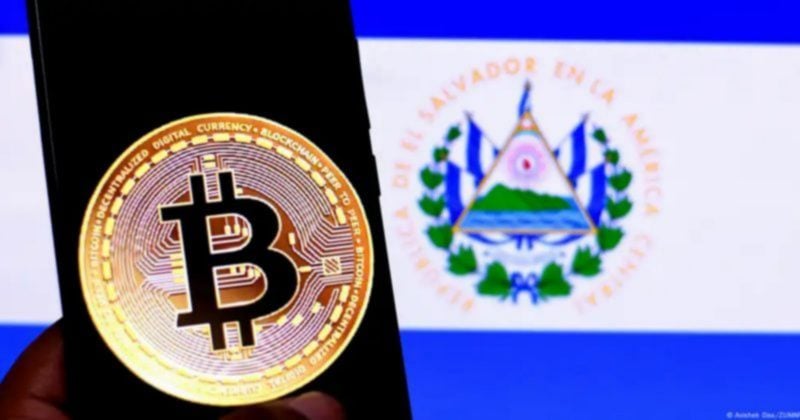TLDR:
- Reverse repo balances plunge below $100B, signaling the end of post-pandemic liquidity.
- Standing Repo Facility use climbs as market participants seek short-term funding.
- Tightening liquidity could trigger volatility across equities, bonds, and crypto assets.
- Analysts warn QT may be nearing its practical limits as reserves approach 2019 levels.
A sharp decline in the Federal Reserve’s Reverse Repo Facility (RRP) balances is drawing attention from traders and economists.
The once-massive liquidity buffer, which peaked above $2.5 trillion in 2022, has now dwindled to nearly zero. This shift marks the end of a key liquidity cycle that supported financial markets during the post-pandemic era.
Analysts warn the drain could tighten market conditions and influence both bond yields and digital asset flows.
Liquidity Cycles Enter a New Phase
The RRP facility allowed money market funds to park excess cash overnight with the Fed, earning a risk-free rate.
However, as Treasury bill issuance rose and front-end yields became more attractive, capital steadily migrated away from the RRP window. According to recent Fed data, daily RRP usage now hovers below $100 billion, the lowest since the program’s expansion in 2021.
Meanwhile, the Standing Repo Facility (SRF), designed to inject liquidity during funding stress, has seen increased usage. This reversal suggests market participants may soon shift from absorbing liquidity to demanding it, a dynamic not seen since before the tightening cycle began.
⚡️This is the quiet sound of the monetary machine choking on its own liquidity.
The chart is not just about Reverse Repos collapsing and Standing Repos rising – it’s the heartbeat of the dollar system flipping polarity. For two years, the Fed used Reverse Repos as a pressure… https://t.co/UiqfDoyGj7
— SightBringer (@_The_Prophet__) October 24, 2025
What It Means for Crypto and Risk Assets
The fading RRP balance effectively removes a liquidity cushion that once tempered volatility in risk markets.
With less excess cash parked at the Fed, marginal liquidity may tighten across both traditional and digital assets. Bitcoin and Ethereum, often seen as liquidity-sensitive assets, could face higher volatility as institutional liquidity patterns shift.
Still, some analysts argue the transition could precede a pivot in monetary conditions. If liquidity stress mounts, the Fed may adjust quantitative tightening (QT) or resort to targeted repo operations to stabilize funding markets, moves that historically have buoyed speculative assets.
Market observers view the RRP depletion as a signal that QT may be approaching its practical limits. The Fed’s balance sheet reduction has drained reserves near levels seen in late 2019, when repo markets last faced acute funding pressure.
✨ Limited Time Offer
Get 3 Free Stock Ebooks
Discover top-performing stocks in AI, Crypto, and Technology with expert analysis.
- Top 10 AI Stocks - Leading AI companies
- Top 10 Crypto Stocks - Blockchain leaders
- Top 10 Tech Stocks - Tech giants


 1 month ago
17
1 month ago
17









 English (US) ·
English (US) ·